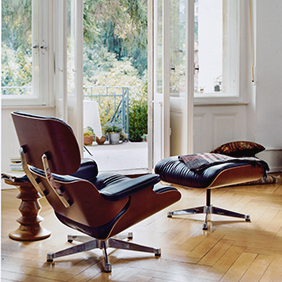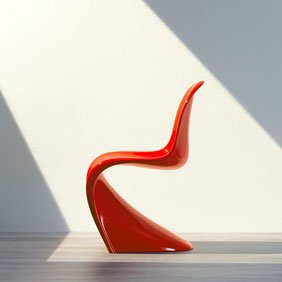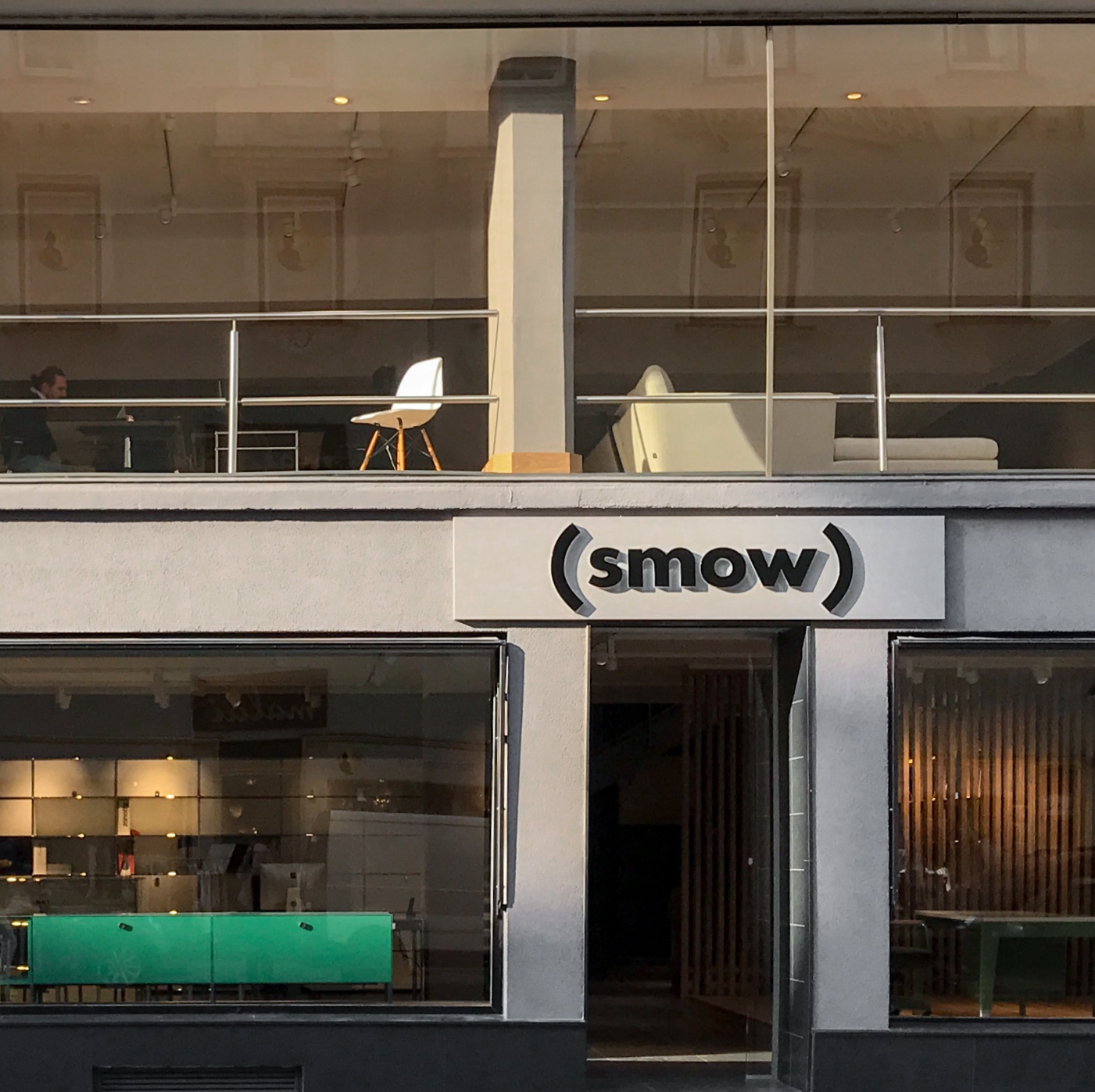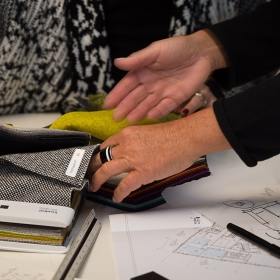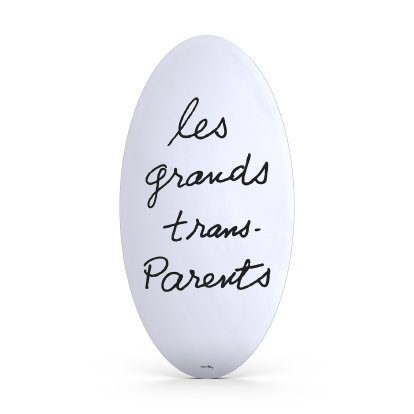Man Ray
Man Ray – Dadaism, Surrealism and photography
Man Ray (1890–1976) a.k.a. Emmanuel Radnitzky was born in the USA and is considered one of the most important artists of the modern era. Although he trained as a painter he was a versatile artist who straddled the boundaries between painting, photography, object art, and film. Along with Marcel Duchamp and Francis Picabia, he shaped the Dada movement in New York and later became a key figure in Parisian Surrealism of the 1920s.
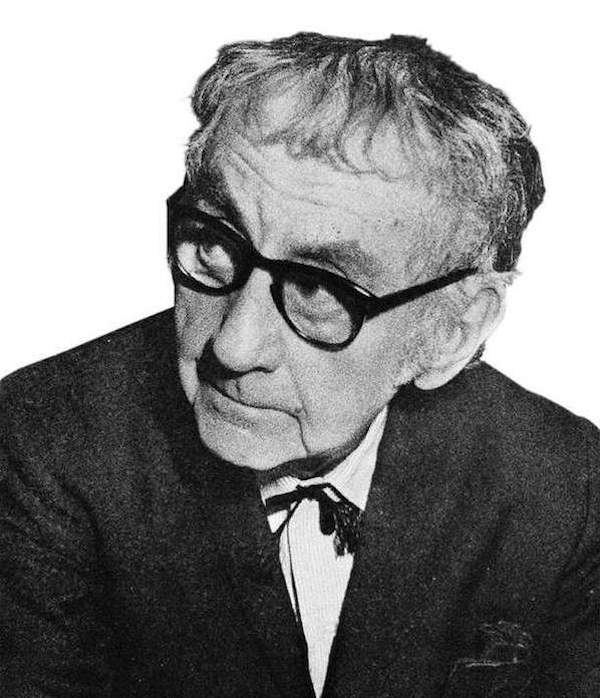
Man Ray
After moving to Paris in 1921 Man Ray established himself primarily as a photographer. He portrayed artists such as Coco Chanel, Pablo Picasso or Meret Oppenheim and developed new photographic processes such as rayography: images created without a camera or negative, by directly exposing objects to photographic paper. The origin of this technique was a chance discovery, as Man Ray himself stated in 1963: "A piece of paper had accidentally fallen into the emulsion."
Together with photographer Lee Miller Man Ray later perfected the technique of solarisation and also worked with László Moholy-Nagy to explore the interplay of space, movement, and light. The mirror "Les Grands Trans-Parents," produced by Cassina, is based on a motif by Man Ray from 1938 and impressively embodies the poetic transparency and playful thinking of this extraordinary artist.
Man Ray always considered himself an independent spirit, open to new forms of expression, experimental. And eclectic. During his exile in Los Angeles during World War II Man Ray worked as a portrait photographer and Hollywood consultant. In 1951, he returned to Paris with his wife, Juliet Browner, where he intensively explored his earlier designs until his death in 1976.


